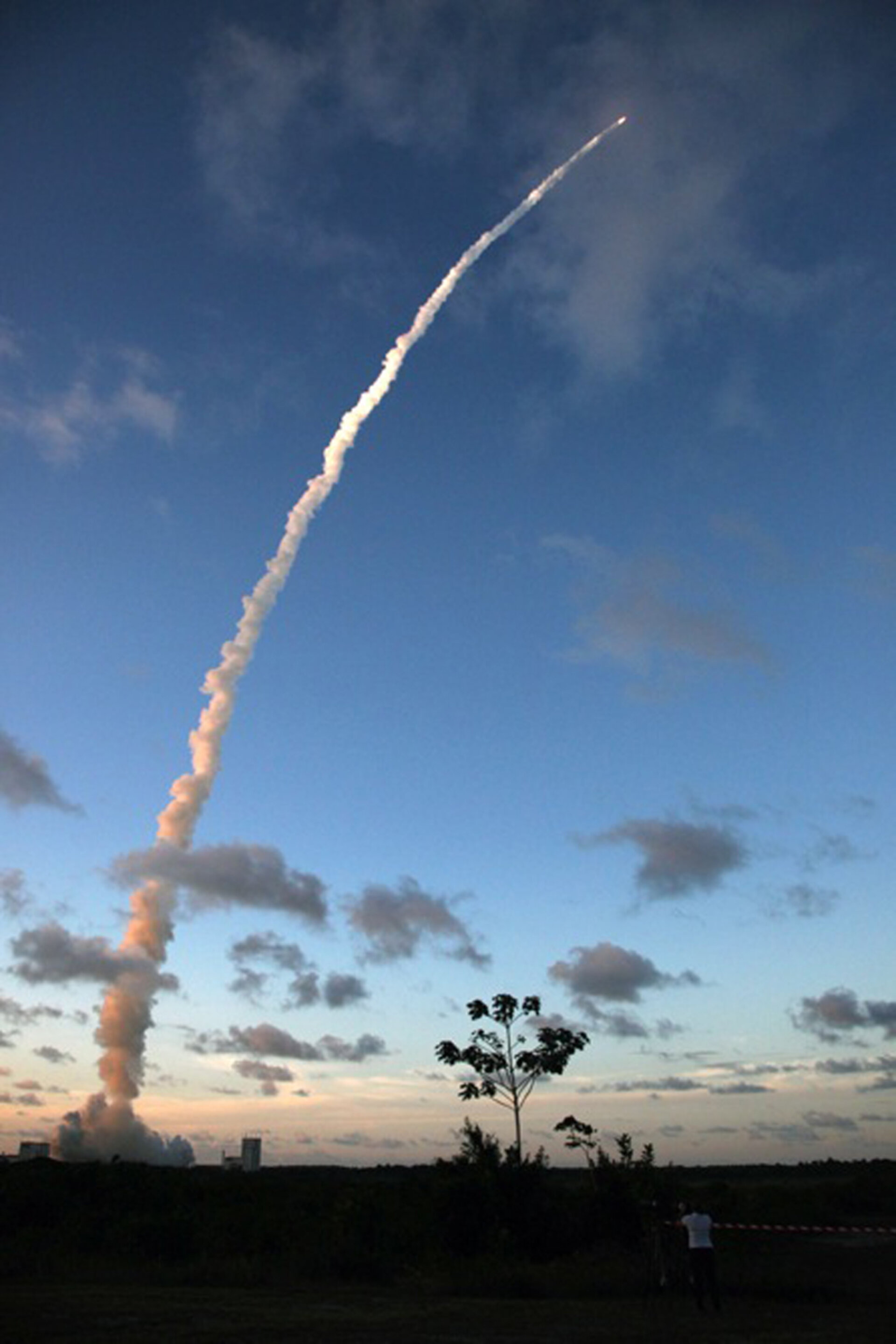Greensat: one step closer to an environmentally friendly space mission
How to design cleaner, greener spacecraft? A new study under the General Studies Programme has been launched to seek answers to this question. The GreenSat study will focus on eco-designing a satellite from beginning to end with a maximum reduction of its environmental impact.
Space missions are traditionally designed according to requirements in terms of their mission objectives taking into account cost effectiveness and overall schedules. Each mission that is launched into space causes an impact on the environment to a lesser or greater extent. The frequent use of rare or toxic materials, or the need to carry out extensive and energy-consuming testing, for instance, can dramatically increase the environmental impact of a space mission.
The growing concern for our environment has prompted ESA to start investigating space missions in terms of their environmental impact. A first study was carried out in 2009 and since then a series of life cycle assessment (LCA) studies have been performed in the framework of ESA's Clean Space programme. These studies looked at previously designed spacecraft from mission design to launch, operational life and end-of-life and evaluated the environmental impact across several environmental indicators. The knowledge gained from these studies is already providing scientists and engineers with a set of guidelines to identify hot spots for environmental impact reduction of space missions.

Still, to date, no satellite has been designed taking into account its complete environmental impact from start to finish. The scope of the GreenSat study is, therefore, to redesign a space mission, starting from a set of mission requirements and payload specifications, whilst taking into account eco-design fundamentals to arrive at a more environmentally friendly spacecraft.
The study will deal with the search for greener materials and processes for fabricating the spacecraft, as well as greener ways to manage the operations and implementation of a space mission. The focus will be on the Earth impacts, given that the important role of protecting the orbital environment is taken care of by the other branches of Clean Space – e.deorbit and CleanSat.
The eco-friendly design will then be compared to a conventional design in order to estimate the differences in environmental impact as well as the required cost and schedule for both designs. It will be the first time that an actual mission is designed in an eco-friendly way and it is expected that a set of guidelines and recommendations on how to design more environmentally friendly missions will prevail.




